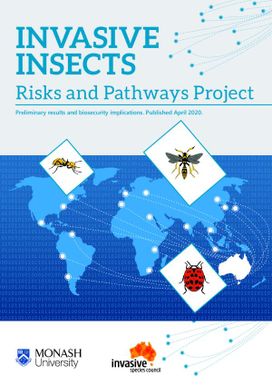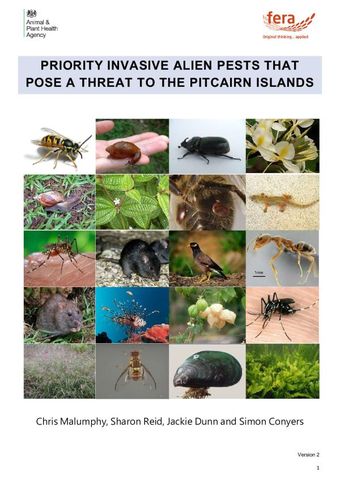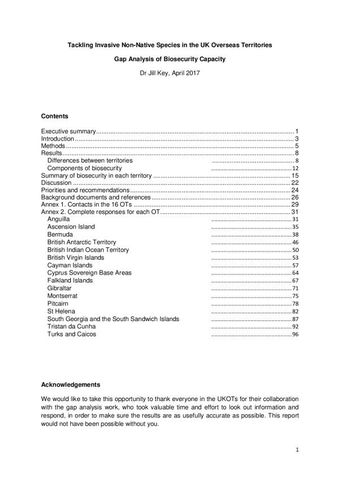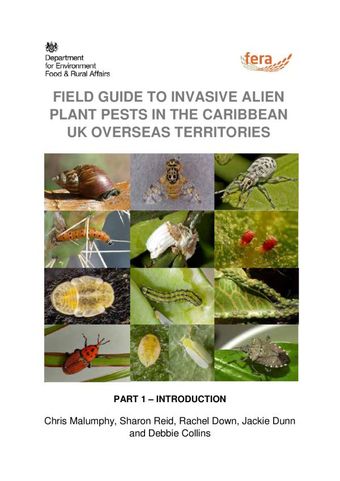Invasive Insects: Risks and Pathways Project
- Description:
- Australia cant afford to allow in any more insect colonists like red imported fire ants, electric ants, browsing ants, yellow crazy ants, Argentine ants, African big-headed ants, Asian honeybees, large earth bumblebees and German wasps. These invaders are costing both the Australian environment and economy dearly. Hundreds of millions of dollars are being spent on Australia-wide eradications of red fire ants, electric ants and browsing ants because of their potential for devastating harm to wildlife and impacts on people. The others have spread too far to remove, so are here in perpetuity as a threat to biodiversity, human amenity and the economy, and a burden for future generations to manage. Given the difficulties and costliness of eradicating or controlling invasive insects, one over-riding priority for Australian biosecurity must be to prevent more harmful species arriving and establishing. To do this, biosecurity authorities need to know which insects overseas (an estimated 46 million species) represent the greatest invasive risks for our country and how they are likely to arrive here. Biosecurity authorities already know which insects are the prevention priorities for agriculture, but there is no such list covering insects that could harm the Australian environment.
- Display date:
- 2020
- Collections:
- Secretariat of the Pacific Regional Environment Programme (SPREP)
- Publisher:
- Monash University
- Content partner:
- Secretariat of the Pacific Regional Environment Programme (SPREP)
- Availability:
- Not specified
-
Copyright status: All rights reservedFind out more about what you are able to do with this itemThis item is all rights reserved, with means you'll have to get permission from Secretariat of the Pacific Regional Environment Programme (SPREP) before using it. For more information, please see our use and reuse page.What can I do with this item?Non-infringing useNZ copyright law does not prevent every use of a copyright work, and this item may be hosted by an international institute or organisation. You should consider what you can and cannot do with a copyright work.No sharingYou may not copy and/or share this item with others without further permission. This includes posting it on your blog, using it in a presentation, or any other public use.No modifyingYou are not allowed to adapt or remix this item into any other works.No commercial useYou may not use this item commercially.
Related items
Welcome and warm Pasifik greetings
The information on this site has been gathered from our content partners.
The names, terms, and labels that we present on the site may contain images or voices of deceased persons and may also reflect the bias, norms, and perspective of the period of time in which they were created. We accept that these may not be appropriate today.
If you have any concerns or questions about an item, please contact us.



